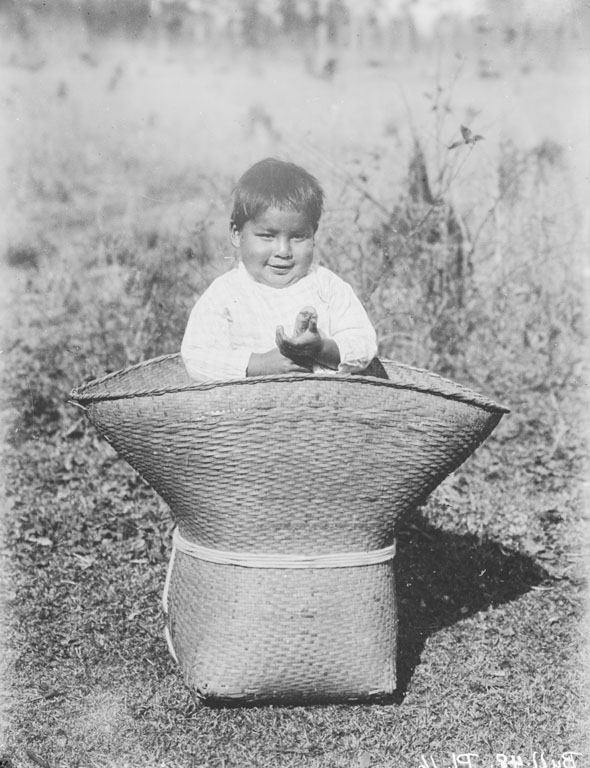Results for "How Things Fly (Website)"
- Finding Aid
SIA RU009545, Black Aviators Videohistory Collection, 1989-1990
- Date: 1989 1989-1990
- Creator: Smithsonian Institution Archives
- Gallery
Correspondence
- Date: September 19, 2013
- Description: People use postcards to correspond with each other, but the way they have used postcards to communicate has changed over time. The postcards in this gallery show how postcards began as a quick way to send short communications between individuals, but have since evolved to be used for longer communications and for requests between academics. While the typical use for a postcard
- Blog Post
Ask the Smithsonian, Third Time’s the Charm
- Date: October 11, 2012
- Creator: Nora Lockshin
- Description: Experts from the Smithsonian Institution invite visitors to see how to and care for their own archival collections and treasures.

Rolling Up Our Cardigans with Record Unit 95
- Date: June 4, 2019
- Creator: Emily Niekrasz
- Description: Thanks to a generous grant from the Smithsonian Women’s Committee, the Archives will digitize, catalog, and make available 7,500 historic photographs of the Smithsonian from Record Unit 95.

You Asked, We Answered: 2015 Ask an Archivist
- Date: November 10, 2015
- Creator: Effie Kapsalis
- Description: On Thursday, October 22nd, four of our archivists/conservators were available on the Smithsonian's Facebook page to answer questions about preserving your own archival collections. The four archivists at the Q&A have specialties in the preservation and organization of audio/visual material, photos, and digital records (email, digital video, etc.) This is our fifth year hosting
- Finding Aid
SIA Acc. 17-259, Smithsonian Institution Office of the Assistant Secretary for Education and Access, Program Records, 2010-2015
- Date: 2010 2010-2015
- Creator: Smithsonian Institution. Office of the Assistant Secretary for Education and Access
- Creator: Smithsonian Institution Archives
- Document
Torch 12/1967
- Description: SIA Record Unit 000371, Smithsonian Institution., Office of Public Affairs, The Torch, 1955-1960, 1965-1988, 1967 Box 1 Folder 12

Embracing the Crowd
- Date: April 15, 2014
- Creator: Effie Kapsalis
- Description: When I started working with museums in 2005, the concept of crowdsourcing was in its infancy. That year, James Surowiecki ‘s book, “The Wisdom of Crowds,” was published and there were tiny experiments in crowdsourcing occurring in the cultural heritage sector. There were hesitations and objections about the whole concept within the GLAM (gallery, library, archive, museum)
- Finding Aid
SIA Acc. 09-040, Smithsonian Press/Smithsonian Productions, Productions, 1988-1989, 1994, 1997, undated
- Date: 1988 1988-1989 1988-1989, 1994, 1997, undated
- Creator: Smithsonian Press/Smithsonian Productions
- Creator: Smithsonian Institution Archives
- Finding Aid
SIA RU009513, Lucile Quarry Mann Oral History Interviews, 1977
- Date: 1977
- Creator: Mann, Lucile Quarry, 1897-1986, interviewee
- Creator: Smithsonian Institution Archives
- Webpage
Annette A. Aiello
- Date: February 5, 2020
- Description: Annette A. Aiello Smithsonian Institution Archives Oral History Collection, SIA009624When she was twenty-eight years old, Smithsonian Tropical Research Institute (STRI) staff scientist Annette Aiello (1941-) picked up a copy of Gray’s Manual of Botany to identify plants she photographed; that book changed her life. And the rest is history.As a young girl, Aiello felt
- Document
Microsoft Word - Teacher's_night_handout_current
